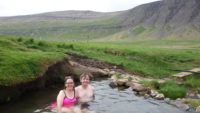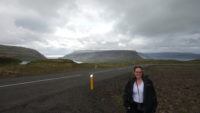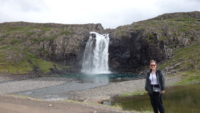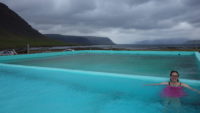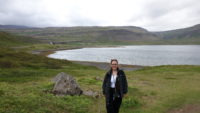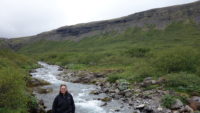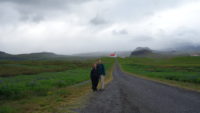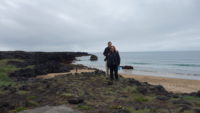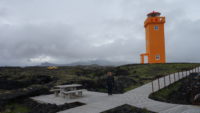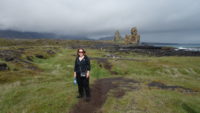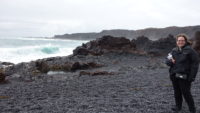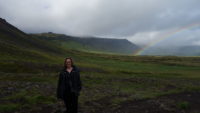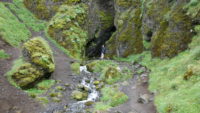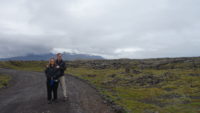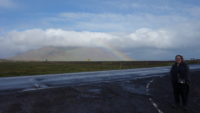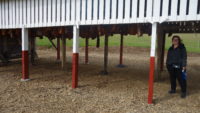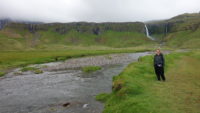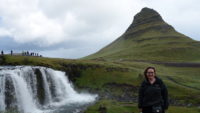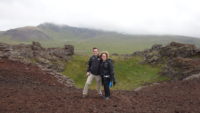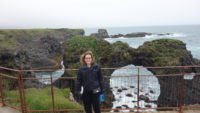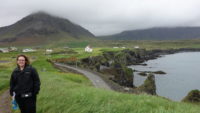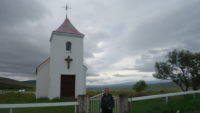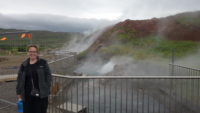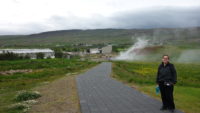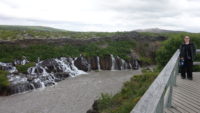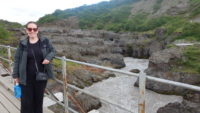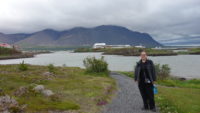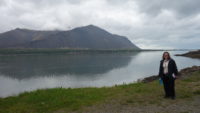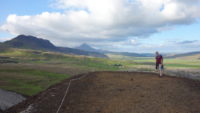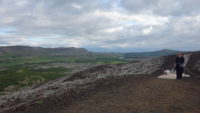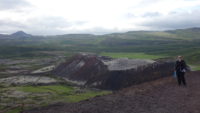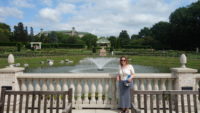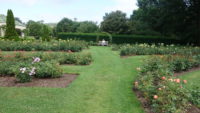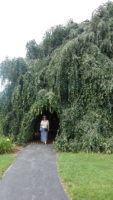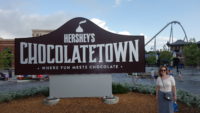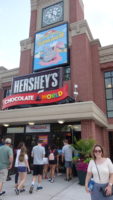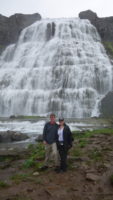 Captain’s log: Objective obscured by low clouds. Rain starting. Morale falling. Pulled back to reorganize. Issued one and a half rations to party to boost morale.
Captain’s log: Objective obscured by low clouds. Rain starting. Morale falling. Pulled back to reorganize. Issued one and a half rations to party to boost morale.
Distances in the Westfjords are not particularly vast, but they might as well be. Between roads being fitted in around fjords and some roads being in part or whole made of dirt, it takes a long time to get anywhere. For instance, it is an hour from our hotel to the nearest town, which is about fifteen miles as the crow (or puffin) flies. Just to get from the hotel to a paved road takes forty minutes.
 All of this is relevant to what I wanted to see today, and what was my primary reason for coming to the Westfjords – the giant bridal veil falls of Dynjandi. It is located on the only road connecting the southern part of the Westfjords to the northern part. And it is gravel for fifty-plus miles of the way. And when we woke up today, there was a light but steady rain. Which, when mixed with gravel, does an impressive job of turning a, say, yellow car into a brown car.
All of this is relevant to what I wanted to see today, and what was my primary reason for coming to the Westfjords – the giant bridal veil falls of Dynjandi. It is located on the only road connecting the southern part of the Westfjords to the northern part. And it is gravel for fifty-plus miles of the way. And when we woke up today, there was a light but steady rain. Which, when mixed with gravel, does an impressive job of turning a, say, yellow car into a brown car.
Dynjandi is about eighty miles from our hotel, but it took us almost three hours to get there. We did detour thirty minutes into the town of Patreksfjordur to fill up on gas, just to be safe. We probably had enough gas (a half tank), but you really don’t want to risk running out of gas in an entire region that, as Mer pointed out after looking at a local map, has more public swimming pools (seventeen) than gas stations (eleven).
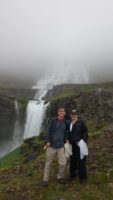
The drive was an Icelandic version of Brigajoondur – we quickly drove up into a cloudy mist, from which things would emerge and then disappear. A few places had mist so dense I could only see far enough ahead to see one set of yellow road markers on the side of the road, which are not that far apart. Then the mist would part, and we would see snow-dappled mountains or a dramatic valley view, and then we’d be in mist again.
Making it to Dynjandi, we discovered that the several lower falls were clear, but Dynjandi itself was about half shrouded in mist. We decided to hike up to it anyway, since we had come all this way, and we’d had good luck previously with rain or clouds clearing up when we got to a sight. We climbed as high as the third smaller fall (about a quarter of the way up) when a light rain started to fall. Also, our friends the Icelandic midges were back in force. So we retreated back to the car to eat our emergency stash of Snickers, to plan, and to (hopefully) wait out the rain.
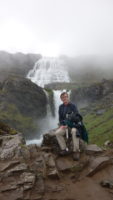 After about fifteen minutes, we thought the rain was lightening up, so we got out and got geared up – hats for rain, and netting for our faces if needed for the midges. We started our hike up the path again, and the rain stopped, and Dynjandi started to appear out of the mist. What a sight! It was huge and wide and multilayered and spread across a vast amount of rock face. There were a few people up near the falls, and the perspective their scale gave to the scene was almost dizzying. As we climbed, Meredith put on her white netting, calling it her bridal veil for the bridal veil falls. The midges were thick, but I resisted cranking up my personal nerd space with a face netting until I was halfway down. When we did eventually reach the top of the trail, at the base of Dynjandi, the wind and spray from the falls kept any midges away.
After about fifteen minutes, we thought the rain was lightening up, so we got out and got geared up – hats for rain, and netting for our faces if needed for the midges. We started our hike up the path again, and the rain stopped, and Dynjandi started to appear out of the mist. What a sight! It was huge and wide and multilayered and spread across a vast amount of rock face. There were a few people up near the falls, and the perspective their scale gave to the scene was almost dizzying. As we climbed, Meredith put on her white netting, calling it her bridal veil for the bridal veil falls. The midges were thick, but I resisted cranking up my personal nerd space with a face netting until I was halfway down. When we did eventually reach the top of the trail, at the base of Dynjandi, the wind and spray from the falls kept any midges away.
What a joy to hike the falls trail – some of the lower-down falls we thought were small turned out to be fairly big, but had been obscured by rock faces when seen from down lower. The higher we climbed, the more we could also turn around and admire the fjord that was now clearing out of the mist.
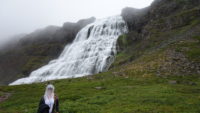 But, no question, Dynjandi stole the show. Even with the mist and the breeze and the roar of the water, we spent about half an hour up near the falls, just trying to drink it all in. As we started to climb down, the mist crept back in, making the falls hard to see. We felt as if we had been lucky to see what we had seen, but when we got about halfway down, the sun started to burn away the mist, and the falls came splendidly back into view. Even once we were back in the car, we sat watching the falls for a few minutes before heading back over the pass to go back south. Dynjandi had been my major motivation for coming to this part of Iceland, and not even a two-to-three-hour drive lessened my awe of the falls.
But, no question, Dynjandi stole the show. Even with the mist and the breeze and the roar of the water, we spent about half an hour up near the falls, just trying to drink it all in. As we started to climb down, the mist crept back in, making the falls hard to see. We felt as if we had been lucky to see what we had seen, but when we got about halfway down, the sun started to burn away the mist, and the falls came splendidly back into view. Even once we were back in the car, we sat watching the falls for a few minutes before heading back over the pass to go back south. Dynjandi had been my major motivation for coming to this part of Iceland, and not even a two-to-three-hour drive lessened my awe of the falls.
The drive back seemed to go much more quickly, which is often the way, in my experience. The weather was better, so we had better views of the sights around us; Meredith had grand views, since she could look around. I was more focused on staying on the road and avoiding the occasional oncoming cars.
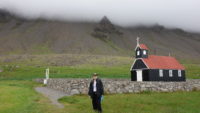 We headed back toward the hotel on the Latrabjarg peninsula area, but I detoured south down a (of course) gravel road to go to a large sand beach named Raudisandur. It was supposed to be huge and covered in brown sand, which is rare in Iceland. The drive didn’t seem too bad, but then we hit some true switchbacks up and down the pass, with a few please-don’t-let-there-be-another-car-coming places. We made it safely, and I admit to being a little disappointed in the beach itself. The area where we were was covered in many places by shallow pools, even though it was low tide. That made walking the beach a less inviting proposition. But the surrounding cliffs were amazing, and there was a black church near the beach, and the churchyard was open. So we poked around, looking at gravestones. I had forgotten that Icelanders are so-and-so’s son or so-and-so’s daughter as a last name (so Matthew Peterson or Meredith Dalesdaughter), even for married couples. Most of the tombstones listed where the person was from as well. It was a peaceful spot. But, as it looked as if clouds were forming around the mountain, I decided we should leave so I wouldn’t have extra trouble on the road out. It did start raining lightly on the way up, but in that odd Icelandic way, by the time we got down and just a few miles along toward our hotel, the sun finally came fully out, for the first time since we have been in Iceland. What a glorious sight it was to see all the fjords lit up brilliantly.
We headed back toward the hotel on the Latrabjarg peninsula area, but I detoured south down a (of course) gravel road to go to a large sand beach named Raudisandur. It was supposed to be huge and covered in brown sand, which is rare in Iceland. The drive didn’t seem too bad, but then we hit some true switchbacks up and down the pass, with a few please-don’t-let-there-be-another-car-coming places. We made it safely, and I admit to being a little disappointed in the beach itself. The area where we were was covered in many places by shallow pools, even though it was low tide. That made walking the beach a less inviting proposition. But the surrounding cliffs were amazing, and there was a black church near the beach, and the churchyard was open. So we poked around, looking at gravestones. I had forgotten that Icelanders are so-and-so’s son or so-and-so’s daughter as a last name (so Matthew Peterson or Meredith Dalesdaughter), even for married couples. Most of the tombstones listed where the person was from as well. It was a peaceful spot. But, as it looked as if clouds were forming around the mountain, I decided we should leave so I wouldn’t have extra trouble on the road out. It did start raining lightly on the way up, but in that odd Icelandic way, by the time we got down and just a few miles along toward our hotel, the sun finally came fully out, for the first time since we have been in Iceland. What a glorious sight it was to see all the fjords lit up brilliantly.
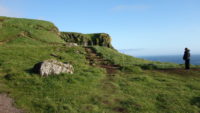 We ate supper at the hotel, before heading out on the gravel road down the rest of the peninsula, to get to the Latrabjarg cliffs, which is a series of cliffs that are the nesting ground to about one million birds. We were going to go last night, but the weather was bad, so we delayed it until today. A couple who had gone last night had shown us their puffin bird pictures at breakfast this morning, so although the couple had gotten soaked, they had gotten very close to the puffins.
We ate supper at the hotel, before heading out on the gravel road down the rest of the peninsula, to get to the Latrabjarg cliffs, which is a series of cliffs that are the nesting ground to about one million birds. We were going to go last night, but the weather was bad, so we delayed it until today. A couple who had gone last night had shown us their puffin bird pictures at breakfast this morning, so although the couple had gotten soaked, they had gotten very close to the puffins.
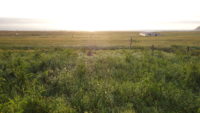 In comparison, we felt a little smug going to the cliffs tonight, with our expanse of sunlight. But it seems that puffins like rain more than wind. When we got to the cliffs, there was a strong wind we had not had anywhere else during the day. The sun was out, but there were no birds on the ground. There were many in the air, and, if we could judge from the photographers too close to the cliff edge, there were many on the cliffs. However, we didn’t get to see any puffins up close. But it was a beautiful place to walk, until the path got too close the the cliff edge. Then my fear of heights kicked in, and I left Meredith to continue on while I beat a discretionary path back to the car. Mer met me there about fifteen minutes later, and we came back to our room. We threw open our window, which looks directly out to the ocean over a couple hundred yards of grass. We can hear the surf crashing on shore as cool air drifts in. Sometimes the sun does come out, but even so, the morale-boosting rations are still tasty.
In comparison, we felt a little smug going to the cliffs tonight, with our expanse of sunlight. But it seems that puffins like rain more than wind. When we got to the cliffs, there was a strong wind we had not had anywhere else during the day. The sun was out, but there were no birds on the ground. There were many in the air, and, if we could judge from the photographers too close to the cliff edge, there were many on the cliffs. However, we didn’t get to see any puffins up close. But it was a beautiful place to walk, until the path got too close the the cliff edge. Then my fear of heights kicked in, and I left Meredith to continue on while I beat a discretionary path back to the car. Mer met me there about fifteen minutes later, and we came back to our room. We threw open our window, which looks directly out to the ocean over a couple hundred yards of grass. We can hear the surf crashing on shore as cool air drifts in. Sometimes the sun does come out, but even so, the morale-boosting rations are still tasty.
